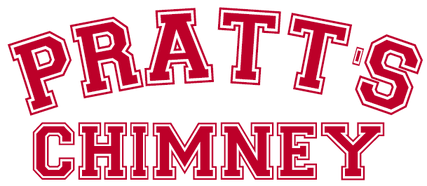Chimney Crowns
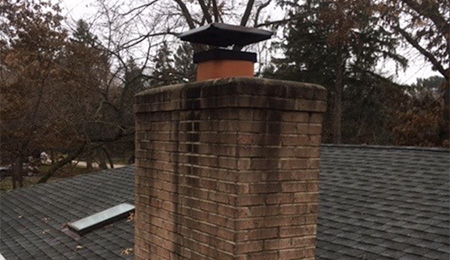
A Chimney Crown is located at the very top of your masonry chimney chase. It protects the interior chase system from moisture, as well as the masonry structure below. The chimney crown is designed to have a gradual slope from the flues that vent through the chimney, allowing water to roll away from the chimney flue systems. The overhang then prevents water from rolling down the face of the chimney structure, providing another level of protection for your masonry chimney from the elements. When constructed, care is taken to create a seal around the chimney flues to allow for expansion and contraction with changing temperatures, both within the chimney flue and exterior weather conditions, to prevent cracking of the concrete structure.
If you notice that your concrete crown does not overhang your masonry chimney, you may have what is known as a 'Splay' or 'Mortar Wash'. Both practices are often seen in home construction, however in our experience, require a higher level of routine maintenance and present a higher risk of failure, causing leaks within a home.
When your chimney crown fails, due to cracking/crumbling, or simply isn’t present, our technicians will recommend having a new concrete crown form added and poured at the top of the chimney. On average, we recommend a 4” concrete crown be poured with an overhanging drip edge.
If your concrete crown has minor cracking but is not in poor enough condition to be re-poured, a flexible waterproof sealant called CrownCoat may be recommended. CrownCoat is designed to seal the concrete crown, helping to prevent further deterioration and water intrusion through smaller defects/cracks in the chimney crown.
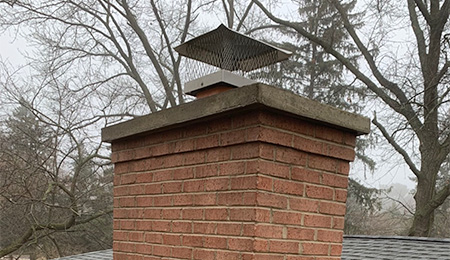
What To Expect:
Generally, concrete crown formation falls into a 2 day process. The first day is designated to setting up access and safety equipment, placing the forms for the crown to be poured, and the actual labor of pouring the concrete crown at the top of your chimney. Once poured, we will then allow the concrete crown to cure, clean up the work area, and remove any materials that need to be disposed of. Once cured, we will make a return visit to remove the forms, inspect the completed concrete crown, and collect payment for completed work.
Scheduling Your Chimney Crown:
Exterior masonry repair is highly weather dependent. It is not something that can be completed during bouts of rainy weather, nor when overnight/daytime temperatures fall below freezing. Unfortunately, in our area, this means we generally wrap up exterior masonry work late in the fall, and pick back up in spring when the weather breaks.
Once agreed upon, we will discuss the prospective start date for completion. If we do experience rain on your scheduled appointment date, we will call and provide our next available date.
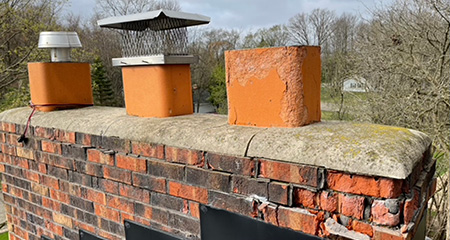 |
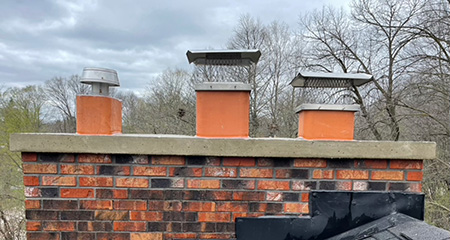 |
